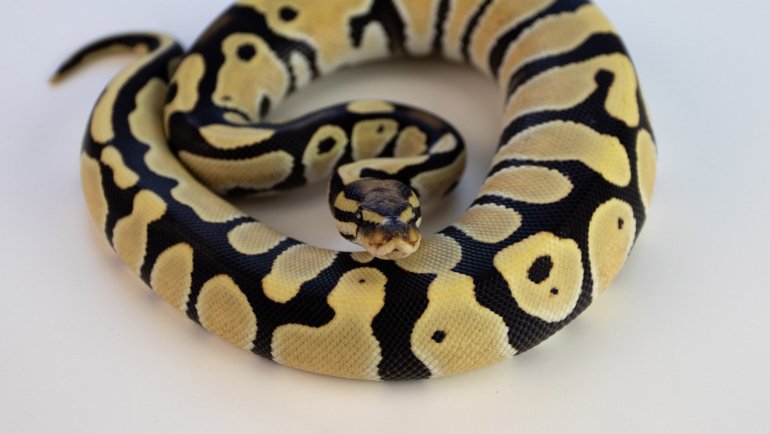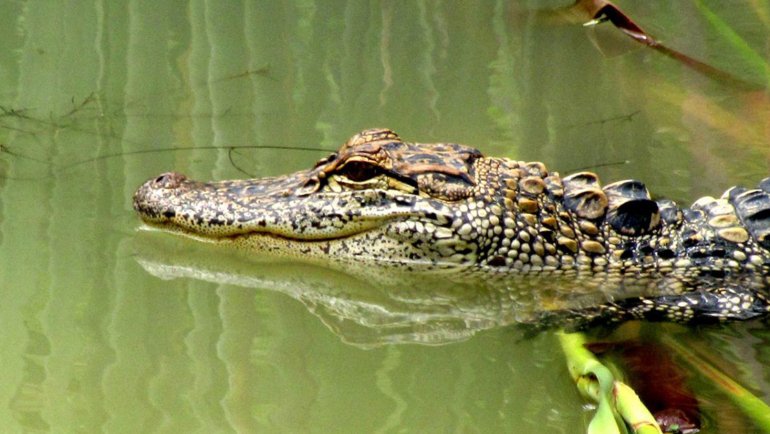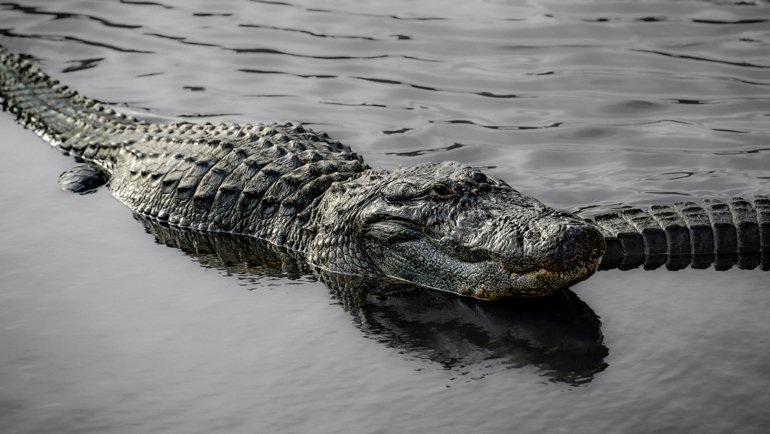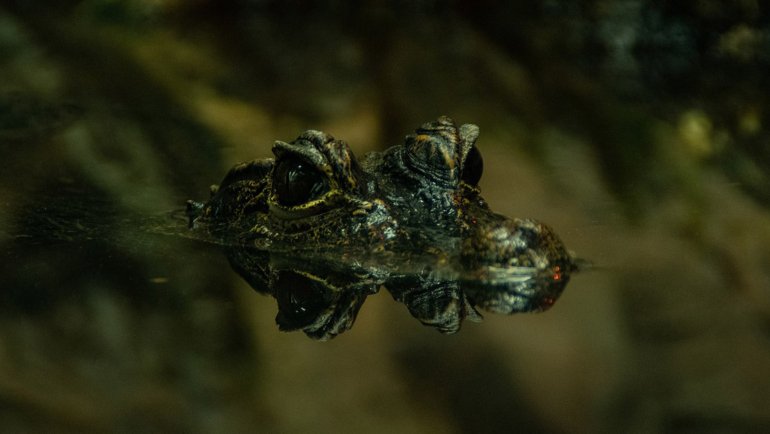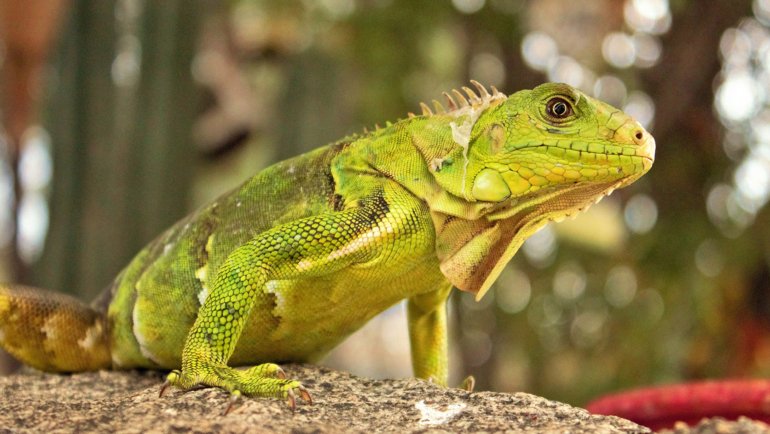The animal kingdom is a vast, intricate web of species, each with its unique characteristics, behaviors, and roles in the ecosystem. Among the diverse groups of creatures, snakes have always captured human imagination with their mystique and often misunderstood nature. Two such snakes, the anaconda and the boa constrictor, frequently come into the spotlight due to their impressive sizes and intriguing behaviors.
But how does one differentiate between these two giants? While they share many similarities due to their evolutionary backgrounds, they also have distinct differences that set them apart.
In this article, we will delve into the intricate details that define each of these magnificent reptiles and explore why understanding these differences and similarities is not only fascinating but also crucial for appreciating biodiversity.
The Boidae Family
Before diving deep into the attributes of anacondas and boa constrictors, it’s essential to understand where they fit in the grand scheme of taxonomy, the science of classification. Both snakes belong to the family Boidae, often referred to as the “boas.”
The Boidae family is comprised of several genera and species of large snakes, predominantly known for their method of hunting via constriction. Within this family, anacondas belong to the genus Eunectes, while the boa constrictor is classified under the genus Boa.
While the term “boa” can refer to any snake from the Boidae family, “boa constrictor” specifically references a particular species within that group. Anacondas, on the other hand, come in several species, such as the green anaconda (Eunectes murinus) and the yellow anaconda (Eunectes notaeus).
Physical Attributes
When it comes to size and appearance, both the anaconda and the boa constrictor are truly remarkable, each in its own right. However, there are distinctive differences that set them apart.
Size: Often dubbed the heaviest snakes in the world, green anacondas can reach lengths of up to 9 meters (30 feet) and weigh over 227 kilograms (500 pounds). However, this size is on the extreme end, with most adult anacondas averaging around 5 meters (16 feet) in length and weighing between 45-68 kilograms (100-150 pounds).
While boa constrictors are also large snakes, they don’t quite reach the enormous sizes of the anaconda. On average, they attain lengths of about 3 to 4 meters (10 to 13 feet) and weigh between 27 to 45 kilograms (60 to 100 pounds).
Coloration and Skin Patterns: Typically, anacondas have an olive green color with black circular patches. This coloration serves as excellent camouflage in their primarily aquatic habitats. Boas exhibit a variety of colors based on their habitat but generally possess a brown, gray, or cream base color, highlighted with reddish-brown or dark brown saddle-like patterns along their bodies.
Distinctive Features: While both snakes possess stocky, muscular bodies indicative of constrictors, some features can help in differentiating them. Anacondas have a more pronounced, rounded snout with nostrils positioned on top, aiding in breathing while submerged in water. Boa constrictors, in contrast, have a more streamlined head and do not possess the same aquatic adaptations.
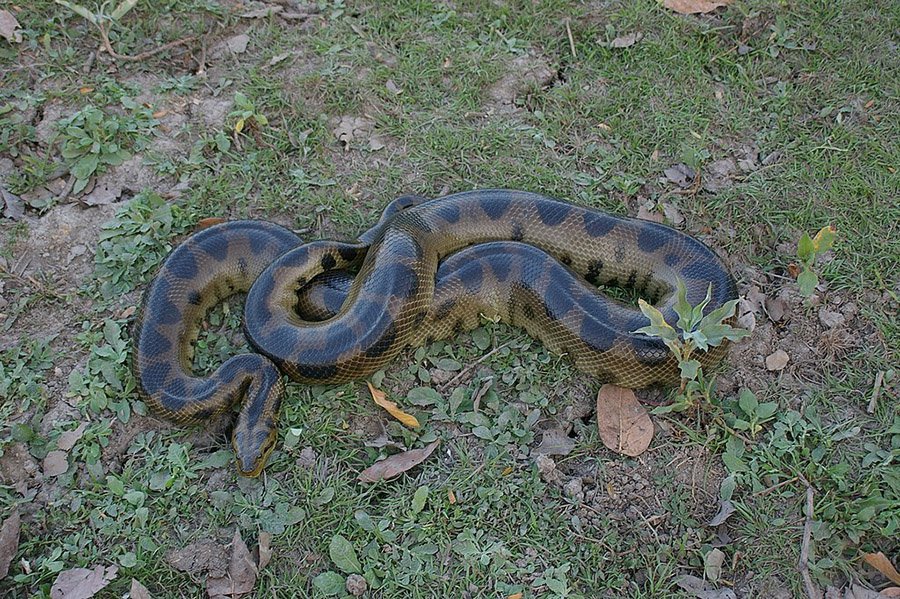
Distribution and Habitat
Anacondas: Anacondas are native to South America. They can be found in countries like Brazil, Venezuela, Colombia, and the Guianas. Being semi-aquatic, anacondas favor swampy, marshy, and slow-moving riverine habitats. The murky waters of the Amazon and Orinoco river basins are quintessential anaconda territories.
Boa Constrictors: The boa constrictor’s range is more extensive than that of the anaconda. They inhabit a vast stretch from Mexico in the north to Argentina in the south. Boa constrictors are versatile in their habitat preferences. They can be found in rainforests, savannas, and even arid regions, depending on the subspecies. They are primarily terrestrial but are also adept climbers, often venturing into trees and shrubs.
Diet and Hunting Techniques
Both the anaconda and the boa constrictor are apex predators in their respective environments, relying on their stealth, strength, and constriction technique to subdue their prey.
Typical Prey: Anacondas primarily feed on fish, birds, small mammals, and occasionally larger prey like capybaras, caimans, and even jaguars. Given their aquatic habitat, they also prey on various aquatic animals.
Boa constrictors have a varied diet that includes birds, bats, rodents, and other small to medium-sized mammals. Younger boas might consume amphibians and lizards.
Hunting Technique: Using the water as a stealth advantage, the anaconda often waits submerged, with only its eyes and nostrils above the surface. Once a potential prey comes within reach, it strikes rapidly, coiling around the prey and constricting until the prey asphyxiates.
Boa constrictors are ambush predators. They often lie in wait for an unsuspecting prey to come close, after which they strike quickly. Once they have a hold of the prey, they coil around it, constricting it tightly until the prey can no longer breathe.
Reproduction and Lifespan
The reproductive processes of both snakes are fascinating, showcasing unique behaviors and strategies to ensure the survival of their offspring.
Mating Rituals: Anacondas are known for their breeding balls, where one female attracts several males, all intertwined around her in a massive coil, sometimes lasting for weeks. Like anacondas, boa constrictors also engage in intertwining mating rituals. Males will often wrestle to win the favor of a female.
Gestation and Offspring: Anacondas are ovoviviparous, meaning they give birth to live young. A female can birth anywhere from 20 to 40 baby anacondas. Boa constrictors are also ovoviviparous. Depending on their size and health, a female can give birth to 10-60 live young at once.
Lifespan: In the wild, anacondas can live up to 10-12 years. However, in captivity, where they are free from predators and have a consistent food supply, they can live up to 30 years. Boa constrictors have a longer average lifespan than anacondas. In the wild, they can live 20-30 years, while in captivity, it’s not uncommon for them to reach 40 years or more.
Behavioral Patterns of Anacondas and Boa Constrictors
The behavior of a snake can be greatly influenced by its habitat, diet, and potential threats. Here’s a glimpse into the activity cycles and interactions of anacondas and boa constrictors.
Activity Cycles: Anacondas are largely nocturnal, preferring to hunt and move around during the night. This behavior helps them avoid the heat of the day in their tropical environments and capitalize on the vulnerabilities of nocturnal prey.
Like anacondas, boa constrictors are primarily nocturnal, especially in regions with higher temperatures. However, in some cooler regions, they can be seen basking during the day.
Territorial Behavior and Interactions: Anacondas are solitary creatures. While they don’t actively guard a territory, they do have a home range that they patrol. Interactions with other animals often revolve around predation, although larger animals like jaguars can be a threat.
Boa constrictors are also solitary by nature. While younger boas are more arboreal and spend time in trees, adults tend to be terrestrial. Their interactions with other animals are mainly predatory, but they also have to be wary of larger predators, especially when younger.
Threats and Conservation
Even apex predators like anacondas and boa constrictors face threats in their natural habitats. Here’s a look at the challenges these snakes face and the conservation efforts in place to protect them.
Predators and Dangers: Young anacondas are vulnerable to a variety of predators, including larger birds, caimans, and even other snakes. Adult anacondas, due to their size, have fewer natural predators, but humans pose a significant threat due to hunting and habitat destruction.
Juvenile boa constrictors face threats from larger birds, mammals, and other snakes. As they grow, their list of predators diminishes, but they still face dangers from larger carnivores and, most significantly, humans.
Conservation Status: While anacondas are not currently listed as endangered, habitat destruction and illegal hunting for their skin do pose threats. Efforts are being made in many regions to protect their habitats and curb illegal hunting.
The boa constrictor is currently listed as “Least Concern” on the IUCN Red List, but this doesn’t mean they’re free from threats. Habitat loss, hunting for the pet trade, and roadkill are significant issues. Conservation efforts include habitat protection and regulating the trade of wild-caught boa constrictors.
Common Myths and Misconceptions About Anacondas and Boa Constrictors
When it comes to large snakes like anacondas and boa constrictors, myths and misconceptions abound, fueled by exaggerated tales and sensationalist media. Let’s set the record straight on a few common beliefs:
- “Anacondas eat humans frequently”: While anacondas are capable of consuming a human due to their size, such instances are extremely rare. Most anaconda prey are much smaller than humans.
- “Anacondas can grow up to 100 feet”: The largest verified anaconda was just over 28 feet long. While they are the heaviest snakes, they don’t achieve the exaggerated lengths often spoken about.
- “Boa constrictors will size up their owners to eat them”: There’s a popular but false tale that pet boas will lie next to their owners, sizing them up for a meal. Snakes don’t “size up” prey in this manner. While large constrictors can pose a risk if not handled correctly, they don’t have plans to eat their caregivers.
- “Boas can constrict and break human bones easily”: While boa constrictors exert significant pressure when constricting prey, they don’t actually break the bones. Instead, they restrict blood flow, leading to unconsciousness and then death in their prey.
Frequently Asked Questions
Are anacondas and boa constrictors venomous?
No, neither of these species is venomous. They rely on constriction to subdue and kill their prey.
Which one is larger, the anaconda or the boa constrictor?
The anaconda, specifically the green anaconda, is both longer and heavier than the boa constrictor, making it the largest snake by weight and the second-longest after the reticulated python.
Can boa constrictors and anacondas be kept as pets?
Boa constrictors are commonly kept as pets, but due to their size, they require special care and accommodations. Anacondas, being much larger, are not recommended for private ownership and can be illegal to own without specific permits in many places.
How do these snakes reproduce?
Both anacondas and boa constrictors give birth to live young rather than laying eggs. They are ovoviviparous, meaning the eggs hatch inside the mother’s body.
How long can these snakes go without eating?
Both snakes can go weeks to months without eating, depending on their last meal’s size and the ambient temperature. However, it’s not healthy for captive snakes to be withheld food for extended periods intentionally.
Learn More About Anacondas
- Anaconda: Characteristics, Diet, Facts & More [Fact Sheet]
- What Do Anacondas Eat? The Diet of The Amazon’s Giant
- Anaconda Teeth: Do Anacondas Have Fangs?
- Are Anacondas Venomous or Poisonous? Here’s The Truth
- Anaconda vs. Jaguar: Who Eats Who?
- Are There Anacondas in Florida? Unraveling the Mystery
- Anaconda vs. Python: Giants of the Snake World
- Do Anacondas Lay Eggs? Understanding Anaconda Reproduction
